Sunday 21 September
The Scenic Railway Story
The Cairns-Kuranda Railway was constructed between 1882 and 1891 and even today is considered an engineering feat of tremendous magnitude. Hundreds of men were employed to build the 15 hand-made tunnels and 37 bridges that stand as a monument to the pioneers of Tropical North Queensland who lost their lives while working on the railway.
It is a feat of engineering, originally a supply route through to the gold fields, but the routes were slow and impassable and people were close to starvation. Legendary Bushman Christie Palmerston was tasked to find a good route for a railway to link the rich mining belt with the sea, and in 1887 construction commenced on this ambitious railway project.
Up to 1500 men at a time endured terrible hardships of this unforgiving landscape, who moved over two million cubic meters of earth, and had to contend with impassable swamps, mysterious diseases, deadly creatures, dense jungles and steep ravines. It is also believed that some of the workers that died while building the railway are in fact buried in the foundations.
The 37 Kilometres of track from Cairns to Kuranda ascend 328 metres, crossing 15 tunnels, 37 bridges and 98 curves. The train climbs more than 300 metres in lush tropical rainforest up the valley of the Barron River, encompassing deep river gorges, rugged mountain ranges and spectacular waterfalls. We slowly passed the highlight of the journey which was the Stoney Creek Falls - then the train crosses the bridge slowly just in front of the falls so that everyone can see and take pictures, then further up the line we stopped and got off the train to look at the Barron Falls Station lookout.
The Kuranda Scenic Railway Logo
Today is the trip to Kuranda - the "Village in the Rainforest" and I've booked the 8.30am train from Cairns. We arrived at Freshwater Station at 8.50 where I had breakfast - bacon, egg and cheese toasted sandwich plus a coffee for $10.95. The dining area was polished timber with ferns and other potted plants. It was much smaller than I had expected. I caught the second train at 9.50am.
Inside the Carriage
Freshwater Station
Here is a station map - if you click on the picture on the lower right you can take a tour.
The other side of the station
The "Dining" car area.
There were lovely timber tables and chairs all undercover but with open sidings. The cafe where food and drink is sold is to the left of this photo.
Below: Sugarcane.
After breakfast and having some time for looking around, most of the passengers went for a bit of a stroll. From the station walking to the left and across from the tracks are sugarcane plantations. A nice young German couple asked me to take their photo, they in turn took one of me.
Below: In front of the sugarcane.
Click on the blue markers to see photos. You can also enlarge the map.
View Freshwater Railway Station in a larger map
Tropical Far North Queensland
This is about my holiday from Cairns to
Laura, on the lower Cape York Peninsula from
September 2008 to October 2008. Going from Melbourne to Cairns to Port Douglas, to Cooktown and Laura, Cape Tribulation and all the bits in between, and finally back to Cairns for my flight home.
Cheers.
Laura, on the lower Cape York Peninsula from
September 2008 to October 2008. Going from Melbourne to Cairns to Port Douglas, to Cooktown and Laura, Cape Tribulation and all the bits in between, and finally back to Cairns for my flight home.
Cheers.
Drive The Daintree
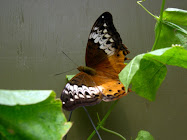
Subscribe to:
Post Comments (Atom)










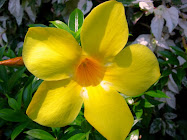

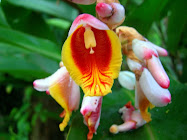




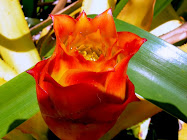
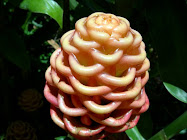
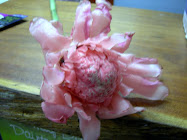

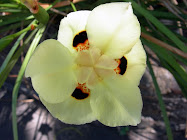
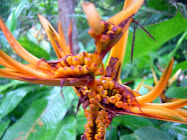
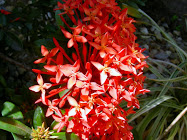
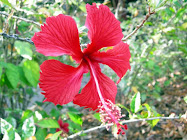
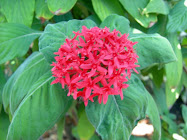
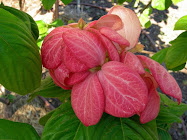
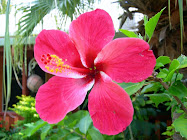
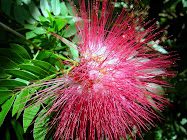
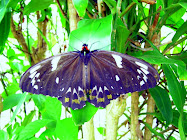
1 comment:
You have given a lovely account of your visit to my village.( I live 3 kilometres from the Post Office and volunteer once a week at the Visitor Centre. ) Your photos are excellent, and your description of the Gold Class train experience is the best I have read. Makes me want to do it again myself! Sorry you were disappointed with the Butterfly Sanctuary. They used to have a greater number of species of butterfly, but a few years ago made the decision to just breed the local ones, which most people wanted to see, and which are not plagued with problems during our hot wet season. Incidentally, the Sanctuary building is the largest single span building in the Southern Hemisphere!
Post a Comment